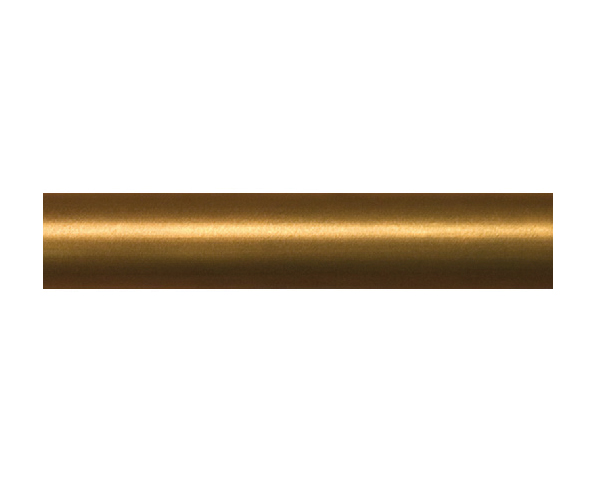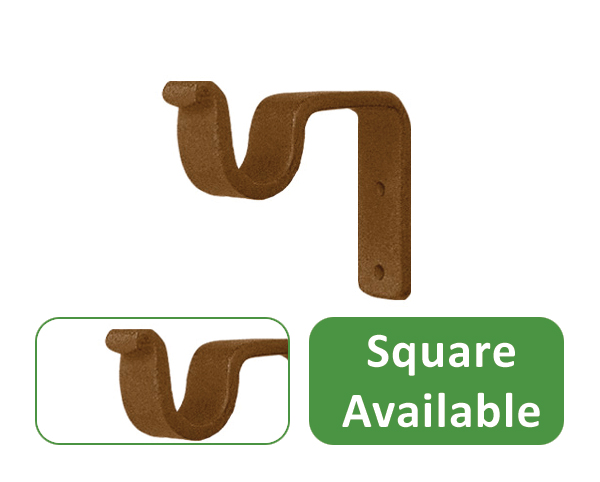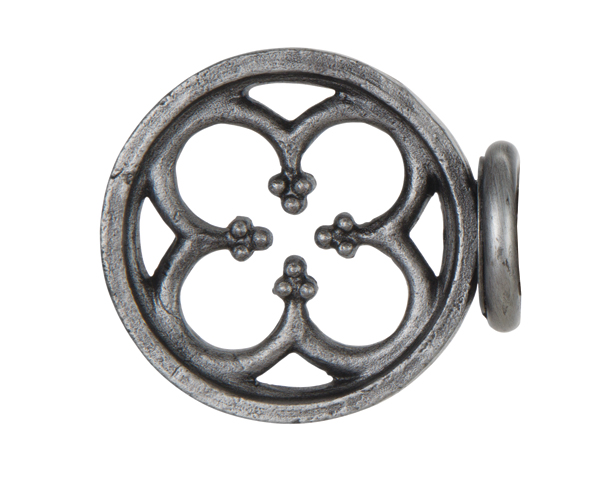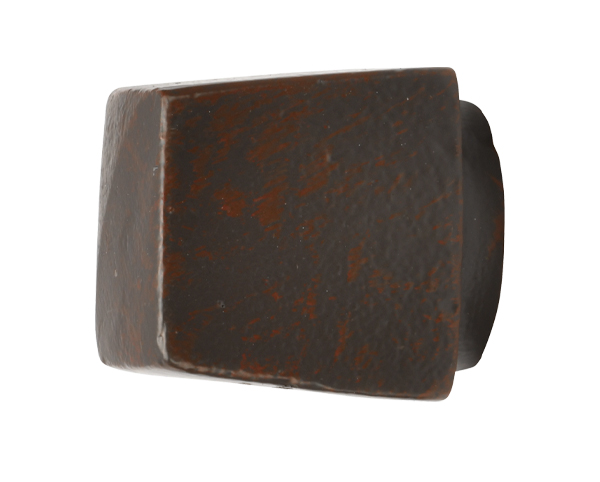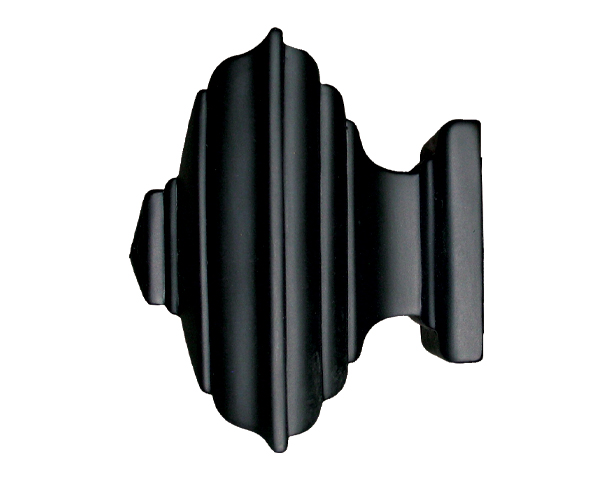Your Cart Is Empty
Clearance, Section Two Of Ways To Measure For Common Drapery Rods
Written By: Nathan ColePublished: 12-12-2011
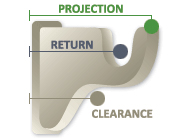
An important measurement when choosing curtain hardware is the clearance.
The clearance of a drapery rod represents the length from the wall or mounting surface to the very back of the rod. Clearance is very important when installing layered treatments.
There is a lot more to choosing the correct components for your drapery rods than locating a product that looks nice. You need to make sure that the pieces you're considering will be functional for your curtain treatment. To assist you in choosing the proper components, you should have a good understanding of three widely used drapery hardware terms; projection, clearance and return. To make sure that the components you choose will not only look great in your window but work the way you want them to, a familiarity with these dimensions is necessary.
In the previous post for this series, the projection dimension was defined as the distance from the wall or mounting surface to the very tip of the drapery hardware component. In situations where you want to make sure that the parts of your curtain rods aren't blocked by other objects in your room the projection dimension is very significant. This entry will describe the clearance dimension.
The distance from the wall or mounting surface to the rear of the drapery rod or part is the clearance.
The clearance measurement is frequently used with items like valance rods, basic traversing rods and drapery rod brackets. Clearance can loosely be described as the amount of space you have behind drapery rods to put in an additional rod or drapery hardware piece. Regularly, the terms clearance and return get confused by customers. Clearance and return are two independent measurements and though they are frequently very near to one another, they stand for two different things. For instance, if you're having curtains custom made and you supply your workroom with the clearance dimension instead of the return, your drapes will be manufactured with not enough fabric.
The clearance measurement is of crucial relevance for layered treatments.
One example of a layered treatment could be pinch-pleat draperies with a valance above. Or, you may want a double treatment such as decorative drapes in front of sheers. To make sure you have room for every layer of your treatment, you must obtain curtain rods with suitable clearances. To find out how this works, consider this example. For a double treatment consisting of curtains and sheers, you should first make a decision on the clearance for the sheers simply because they are going to be closest to the window. For this illustration, the proper clearance for the sheers would be around 1 or 2 inches.
For the drapery rods that hold sheers, the projection will need to include the rod clearance along with the thickness of the rod by itself.
Your projection could possibly be around 3 1/2 inches for this illustration. A spacing in between the two rods around 1/2 to 1 inch is usually needed. This means the curtain rod for the decorative drapes would need a clearance of around 4 to 5 inches. For sheers that open and close, or are operable, when analyzing the clearance for the outer rod make certain to take into consideration the fullness of the drapery stack. Shut the sheers and calculate how far the bunched up fabric expands past the face of the rod it's mounted on to get an accurate measurement of the drapery stack. You do not want the stack of your sheers to touch the decorative panels in front.
Figuring out the clearance for decorative pieces is occasionally difficult.
You will probably find it hard to get a clearance measurement for some ornamental items like wood pole brackets. This is due to the carvings or decorative aspects of the piece may limit the clearance. To get around this difficulty, think about installing your second layer in between the brackets of the decorative drapery rods. This is usually a very common scenario when you're hanging a standard curtain rod behind a decorative rod like a wooden rod with end caps. It's often a good alternative to hang the standard curtain rod barely within the decorative brackets if their carvings or design elements are decreasing their clearance.
By understanding widespread drapery hardware terms like clearance, you can be better equipped to make an informed decisions regarding the drapery rods for your window treatment.

